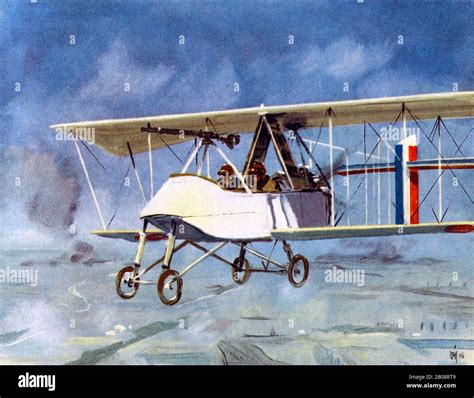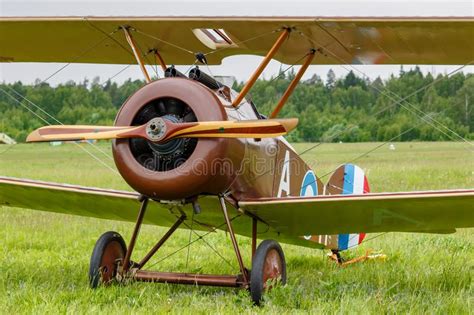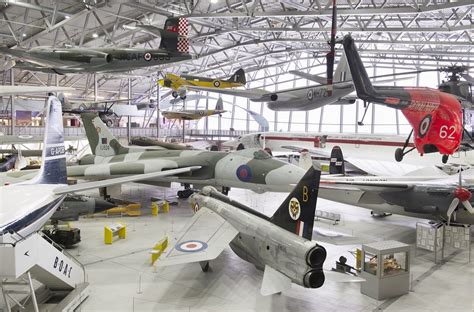The First World War, also known as World War I, was a global conflict that lasted from 1914 to 1918. It was one of the deadliest wars in history, with millions of soldiers and civilians killed or wounded. The war saw the introduction of new technologies and tactics, including the use of aircraft, which played a significant role in the conflict. In this article, we will explore the development and use of planes during the First World War, highlighting their impact on the war and the evolution of airpower.
Key Points
- The First World War saw the introduction of aircraft as a military asset, with planes used for reconnaissance, bombing, and dogfighting.
- The development of planes during the war was rapid, with significant improvements in design, materials, and technology.
- The use of planes had a significant impact on the war, influencing the outcome of battles and the development of new tactics and strategies.
- The war saw the emergence of legendary pilots, such as the Red Baron, who became famous for their aerial combat skills.
- The use of planes during the First World War laid the foundation for the development of airpower in the decades that followed, including the use of aircraft in World War II and beyond.
Early Development of Planes

The development of planes began in the late 19th and early 20th centuries, with inventors such as the Wright brothers and Glenn Curtiss experimenting with powered flight. The first powered, controlled, and sustained flight was made by the Wright brothers on December 17, 1903. Over the next decade, the design and technology of planes improved rapidly, with the development of more powerful engines, lighter materials, and more efficient aerodynamic designs.
Introduction of Planes in the First World War
When the First World War broke out in 1914, planes were still in their infancy, but they were quickly adopted by military forces as a means of reconnaissance and intelligence gathering. The first planes used in the war were simple, unarmed aircraft, such as the Blériot XI and the Etrich Taube, which were used for reconnaissance and artillery spotting. As the war progressed, planes became more sophisticated, with the introduction of armed aircraft, such as the Fokker Eindecker and the Sopwith Camel, which were used for dogfighting and bombing.
| Aircraft | Country | Introduction | Role |
|---|---|---|---|
| Blériot XI | France | 1914 | Reconnaissance |
| Etrich Taube | Austria-Hungary | 1914 | Reconnaissance |
| Fokker Eindecker | Germany | 1915 | Dogfighting |
| Sopwith Camel | United Kingdom | 1917 | Dogfighting |

Tactics and Strategies

The use of planes in the First World War led to the development of new tactics and strategies, including reconnaissance, bombing, and dogfighting. Reconnaissance planes were used to gather intelligence on enemy positions and movements, while bombing planes were used to attack enemy targets, such as trenches, supply depots, and airfields. Dogfighting, which involved aerial combat between enemy planes, became a key aspect of air warfare, with pilots engaging in intense battles for control of the skies.
Legendary Pilots
The First World War saw the emergence of legendary pilots, such as the Red Baron, who became famous for their aerial combat skills. The Red Baron, whose real name was Manfred von Richthofen, was a German pilot who shot down 80 enemy planes, making him one of the most successful fighter pilots of the war. Other notable pilots included Eddie Rickenbacker, an American pilot who shot down 26 enemy planes, and René Fonck, a French pilot who shot down 75 enemy planes.
What was the significance of the Red Baron in the First World War?
+The Red Baron, whose real name was Manfred von Richthofen, was a German pilot who became famous for his aerial combat skills. He shot down 80 enemy planes, making him one of the most successful fighter pilots of the war. The Red Baron's exploits were widely publicized, and he became a hero in Germany and a legendary figure in the history of aviation.
How did the use of planes in the First World War affect the outcome of the conflict?
+The use of planes in the First World War had a significant impact on the outcome of the conflict. Planes were used for reconnaissance, bombing, and dogfighting, which gave military forces a significant advantage on the battlefield. The use of planes also led to the development of new tactics and strategies, which influenced the outcome of battles and the war as a whole.
What was the legacy of the First World War in terms of the development of airpower?
+The First World War marked a significant turning point in the development of airpower. The use of planes in the war demonstrated their potential as a military asset, and led to the development of new technologies and tactics. The legacy of the First World War can be seen in the use of airpower in subsequent conflicts, including World War II and beyond.
In conclusion, the use of planes in the First World War was a significant development in the history of aviation and warfare. The introduction of planes as a military asset led to the development of new tactics and strategies, and had a profound impact on the outcome of the conflict. The legacy of the First World War can be seen in the use of airpower in subsequent conflicts, and continues to influence the development of military strategy and tactics today.



